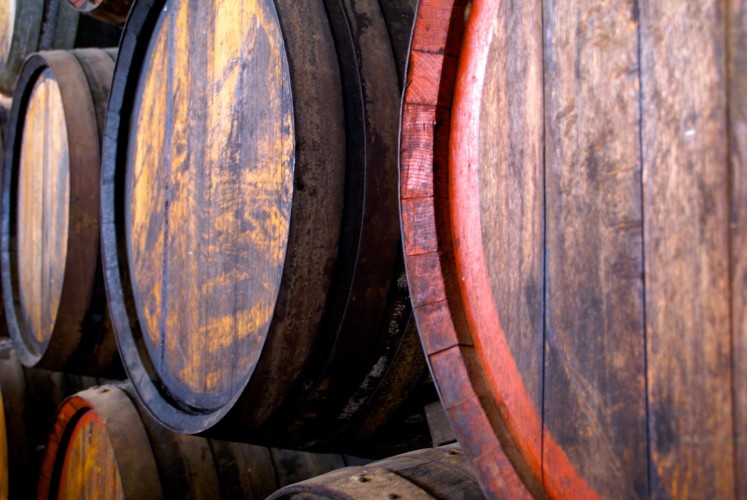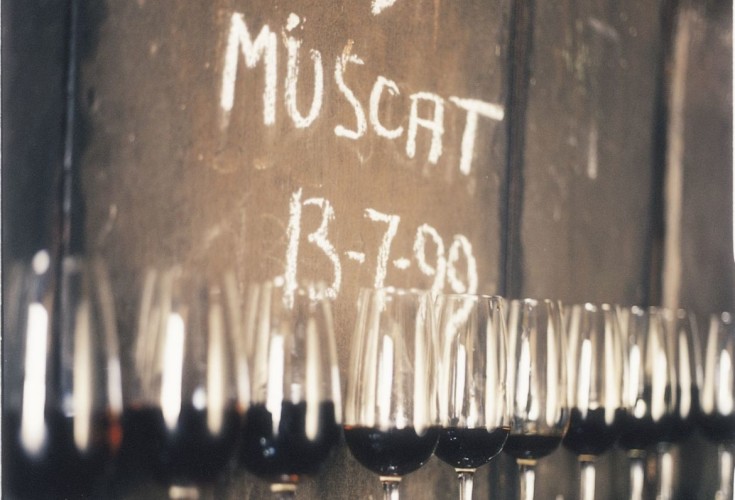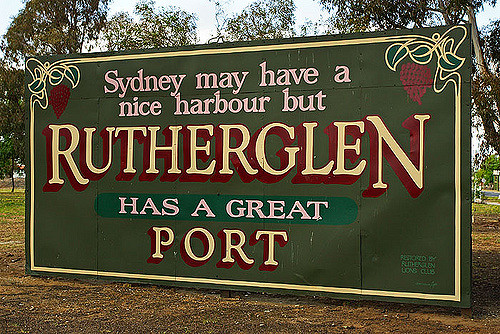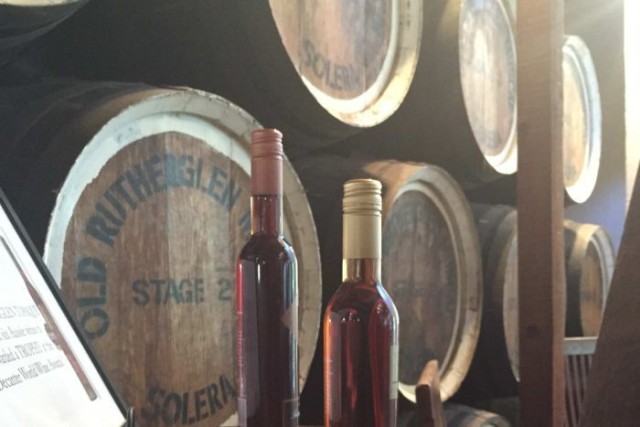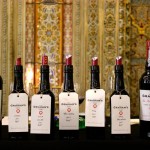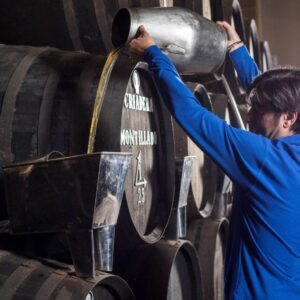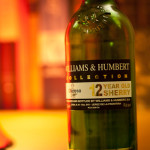Muscat from Australia. Sticky, brown, delicious.
Reinhard Pohorec•Factotum Fortified
Introducing myself around the world, can be quite a funny little exercise. I certainly got acquainted to having my name spelled and pronounced in all sorts of creative ways, but my country of origin leaves no space for interpretation.
Austria, can either mean to someone lots of crappy, singing Trapp family members in weird traditional folklore dresses, or if by mistake it’s taken for Australia, a shitloads of kangaroos and Aussie fun… Neither is true, I am just a humble guy from Vienna, Austria, the country that looks like a schnitzel (oh yes, we serve and eat a lot of them as well).
Still wines from Down Under have been internationally appreciated for a while, Aussie spirits contrarily only slowly start to make a name for themselves –not speaking of ye ol’ fusty Bundaberg bottle that has been creeping around your back bar for almost as long as the even older and fustier something called Angostura.
Muscat of what?
Now let’s get down to fortified business, since that’s what I love and possibly the reason you came to visit this column on Bitterbooze.com.
First of all, to give a little geographical orientation: the journey takes us to the state of Victoria in the south-eastern corner of Australia; or North East Victoria Zone to be even more precise.
Rutherglen is a wine melting pot with unique climate, soil and history, all contributing to a very particular sweet wine often simply called Brown Muscat, Liqueur Muscat or “sticky”.
The mid-19th century’s gold rush brought a lot of excitement and business to the area, many visionaries starting their hospitality or wine companies, some of which remain family managed down to the present day.
Being one of the oldest wine producing regions in Australia, Rutherglen offers wide variety, be it white Rhone varietals like Marsanne or Roussanne, full bodied, aromatic still wines, sparkling bubbly delights, autochthonous or mostly international grape varieties.
The star of the show though has to be Liqueur Muscat, alongside a sibling wine style called Liqueur Tokay / Topaque. The former is made from a dark variety of the globally treasured Muscat à petit grains, the latter from Muscadelle (but that’s an entirely different story).
More than 200 different types of Muscat grapes have been recognized internationally, only one though is deemed good enough for Rutherglen’s speciality. Muscat à petit grains is commonly referred to as Muscat blanc à petit grains, since its grapes are white and produce a luscious yellowish wine. In the south east corner of Victoria though, a red type of Muscat is predominant, simply called Rutherglen Brown Muscat.
Muscat Terroir
Gentle hills unfold around the small town near the Murray River; ample bands of fat loam make up for a perfect soil and give richness and structure to the wines. Lighter, sandy soils next to the river banks produce more delicate, perfumy-fragrant wines, with distinct character.
Due to its cool nights, very warm days and a phenomenon called “Indian Summer”, ripening of the grapes is truly blessed over the course of a wine maker’s year. From March until May, usually the harvesting period in the area, mild, sunny conditions allow the Muscat fruits to remain on the vine for longer than usual and concentrate aromatics and sugar levels. To put things in context: they can be as high as 20 Baume – “santé sugar”.
Careful selection and picking of the grapes is essential to ensuring highest quality of the product. The sticky, sugary fruits are then crushed and the juice set aside to start fermentation.
By adding high proof (almost) neutral grape spirit, the yeast’s activity is brought to a halt, lots of residual sugar remains in the liquid, now boasting roughly 18% volume alcohol. Quite often this mixture is left on the skins for more aromatic extraction, before being pressed and put into casks.
Back to basics, the casks are next. The freshly fortified wines undergo an interesting aging process that lies somewhere between a Sherry solera and a Madeira estufagem. Tucked away under corrugated metal plate rooftops, the juices are influenced by the surrounding climate conditions and will concentrate through evaporation over the years to follow. Needless to say that, sugar levels, which would make the sweetest tooth to squeal with glee, as well as alcohol amounts bringing a grin to almost any face, preserve the wines and guarantee stableness for decades.
Producers themselves established a classification system in the 90’s to provide better insight and understanding when it comes to their “stickies” -however these are no strict rules and there’s no regulating council or consejo to supervise. Most of the producers though follow the four-tier system, providing useful clues to the clients.
Rutherglen Muscat
The entry level, fresh, fruity, with hints of raisin, dried figs and orange peel. Average age is somewhere between three and five years, the sugar levels are “moderate” with probably 175 to 240 grams per litre.
Classic Rutherglen Muscat
Up to fifteen years of maturation can be applied to the “benchmark” style of Liqueur Muscat. This is where the producers try to shine, bring their own style and individualistic approach into the bottle. Selected batches of wine will be blended over time, smaller and bigger oak casks as well as differently seasoned woods contribute complex and rich elements.
Grand Rutherglen Muscat
Rancio and very particular signs of maturity, take the previous styles to a new level. Up to twenty years of age, 270 to 400 grams of sugar due to the concentration of the wines, there’s a lot going on here. Unbelievable layers of texture, character and flavor cover the tongue in deliciousness –these wines are up there with the best sweet wines globally.
Rare Rutherglen Muscat
Here, you’ll find the oldest juice a winery has to offer. Many a gem has been tucked away for decades by previous generations, only to be rediscovered and bottled as a Rare Muscat, displaying the grandness and stunning quality of Aussie stickies. These are the by far the rarest and most special fortified wines from Down Under, lucky you if you get your hands on one of them.
We’re always up for a challenge, always looking for new hidden gems. And Liqueur Muscat is certainly a perfect example. Chances are you’ve never heard about it before, but once you’ve tasted it –boy (or girl), believe you me, you’ll want to come back.
‘cause Oh! Do you come from a land down under? Where women glow and men plunder… Can’t you hear, can’t you hear the thunder? You better run, you better take cover…
Better just enjoy!
And remember, there are no kangaroos in Austria.



